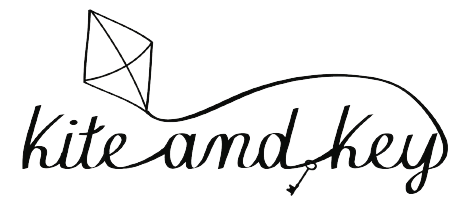
Mission
The mission of the Society is to serve as the handshake of the University by welcoming all visitors to campus, acquainting prospective students and families with the undergraduate experience, and fostering a community of students dedicated to serving the University of Pennsylvania.
History
The Kite and Key Society was founded at the University of Pennsylvania in the Spring of 1924. The first society members numbered 10 students (7 seniors and 3 juniors) and formed the new organization from the Student Relations Committee. The ten felt the Student Relations Committee "was limited in its scope of activity to the encouragement of prospective collegians to consider the advantages of the University of Pennsylvania.”
After signing a constitution and electing a President and Secretary-Treasurer, the first group became known as the "Handshake of the University" to matriculates, delegations, and visiting sports teams. The society formed as an upperclassmen exclusive honor society with a dedication to service. The size was limited to 15 students, chosen for Penn pride, knowledge, cordial manner, and geographical diversity.
In its second year, eleven new juniors joined the three now-seniors. Kite and Key's duties became more defined and clear. Among the initial responsibilities of The Kite and Key Society were hosting visiting varsity athletic teams the nights before and after games, proctoring College Board Examinations in the greater Philadelphia area, and hosting dinners in Philadelphia for high school seniors interested in the University. The Kite and Key Society also began a partnership in assisting with the Penn Relay Carnival in the society's formative years. Members were there to help when a medal was to be designed for the 1925 Relays and when the Relays moved into its current home of Franklin Field for the first time in 1926.
In the late 1920s, The Kite and Key Society decided to join a growing collegiate honors service society, the Blue Key National Honor Fraternity. Kite and Key renamed to the Blue Key Society and joined other similar collegiate student organizations under the banner of the University of Florida founded group. The Blue Key was quickly growing to be an inactive campus group, so, in 1935, Penn disenfranchised from the national organization and reverted back to the strong roots of The Kite and Key Society name and symbol. A new local charter was created; Kite and Key was once again an upperclassmen exclusive senior society of no more than fifteen students. Formal bylaws and rituals were introduced in 1939.
Formal tours of the University started in the late 1930s, with some members staying in Philadelphia over the summer to guide vacation visitors in 1941. The Society played an invaluable part in Penn's Bicentennial Celebration in 1940 by assisting with the gala event dinner, as well as running historical activities.
In progressing with the times, The Kite and Key Society began to include service to the greater community in the late 1970s. The organization decided to move away from being a Senior Honor Society to a large service organization. Membership was open to any student who instead of "surviving two terms of a rigorous heeling program" as was the case for the Senior Honor Society, went through a training program.
Today, Kite and Key numbers more than 200 students, with volunteers serving via numerous programming efforts for both prospective and admitted students. The Society meets with the 80,000 yearly prospective families and alumni campus visitors as the official greeter for the University, still providing the same handshake of the University. Throughout COVID-19, the Kite and Key Society expanded its efforts to include virtual programming to mimic the on-campus visit experience.
Hurrah, Hurrah Pennsylvania! You love Penn. We love Penn.

